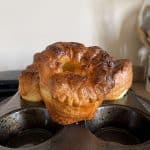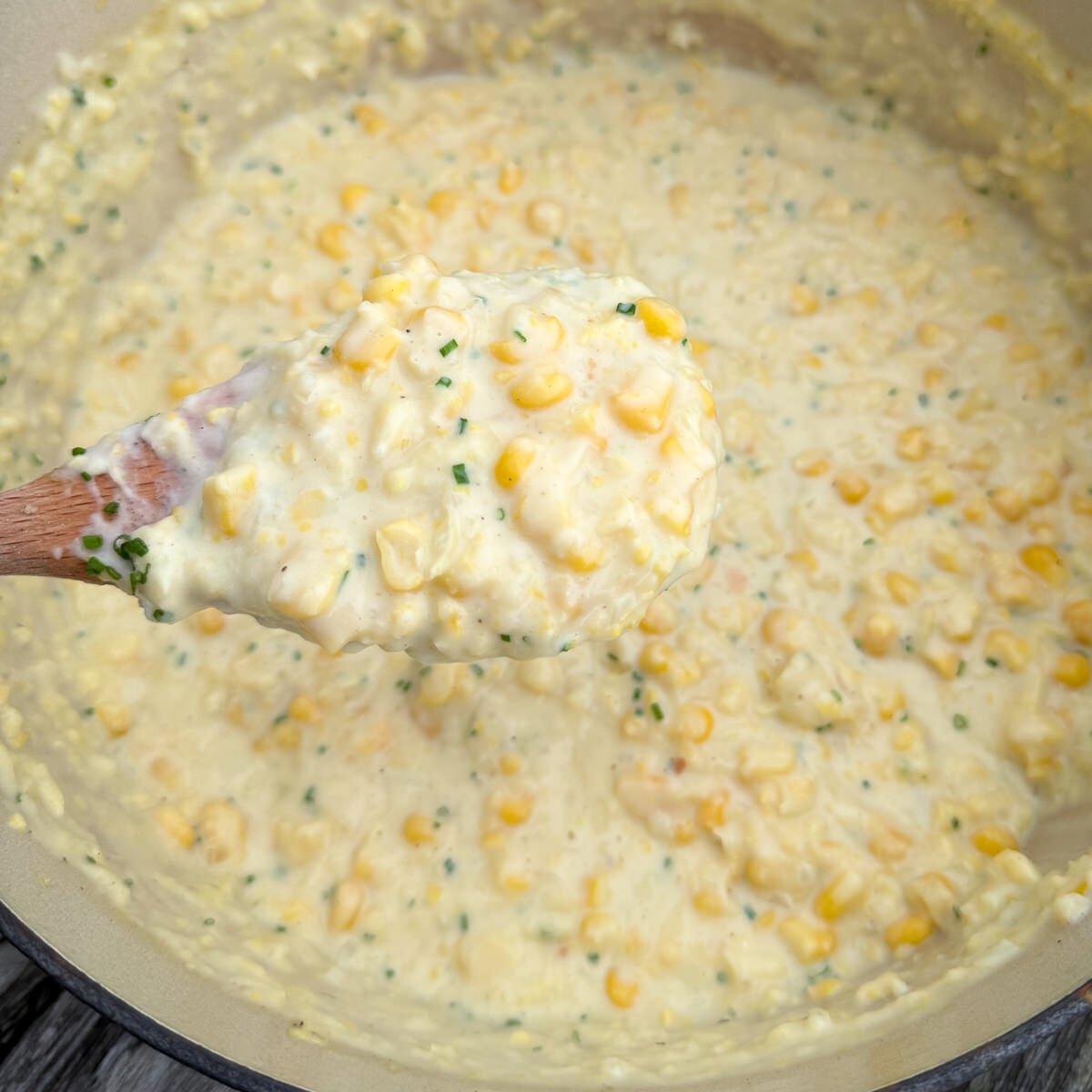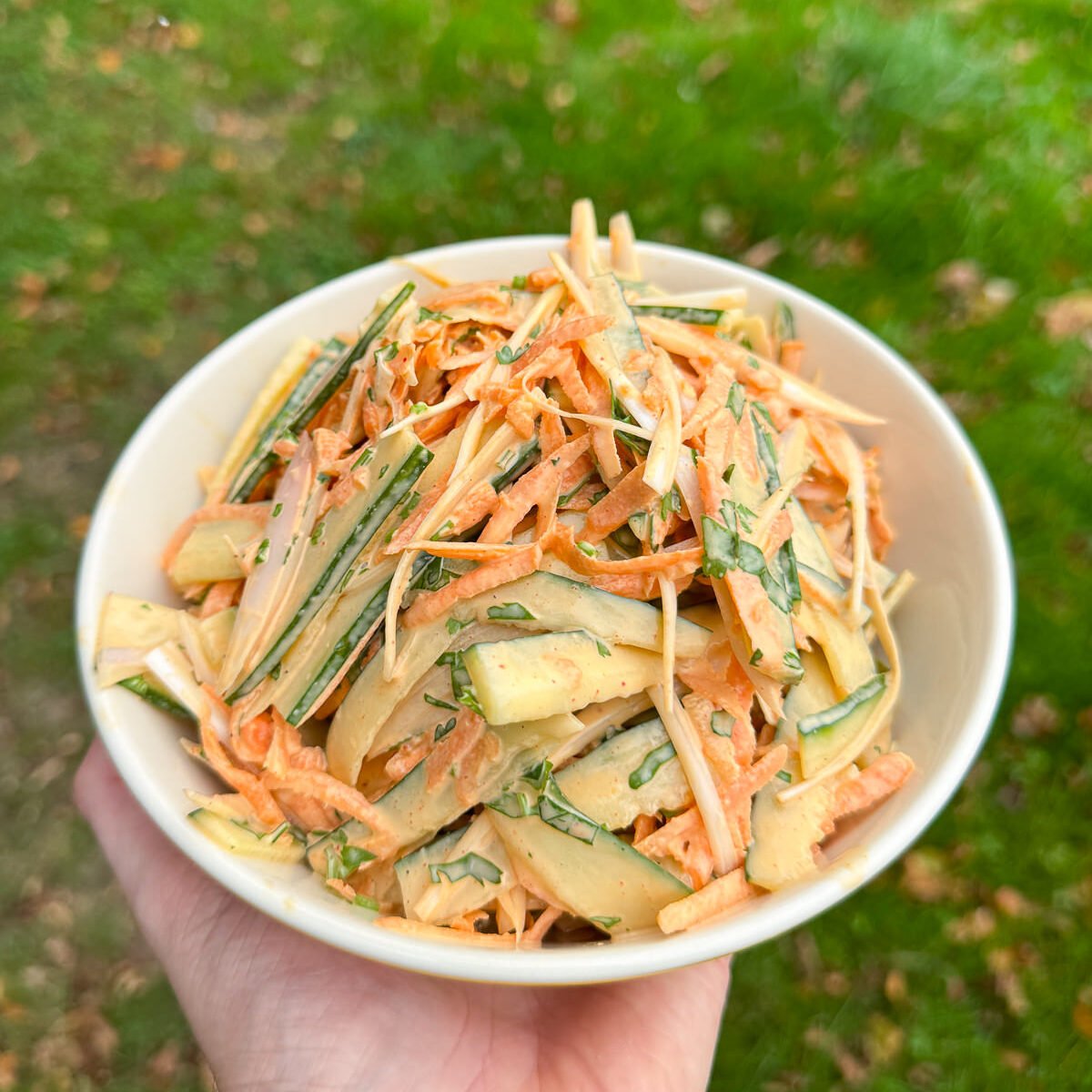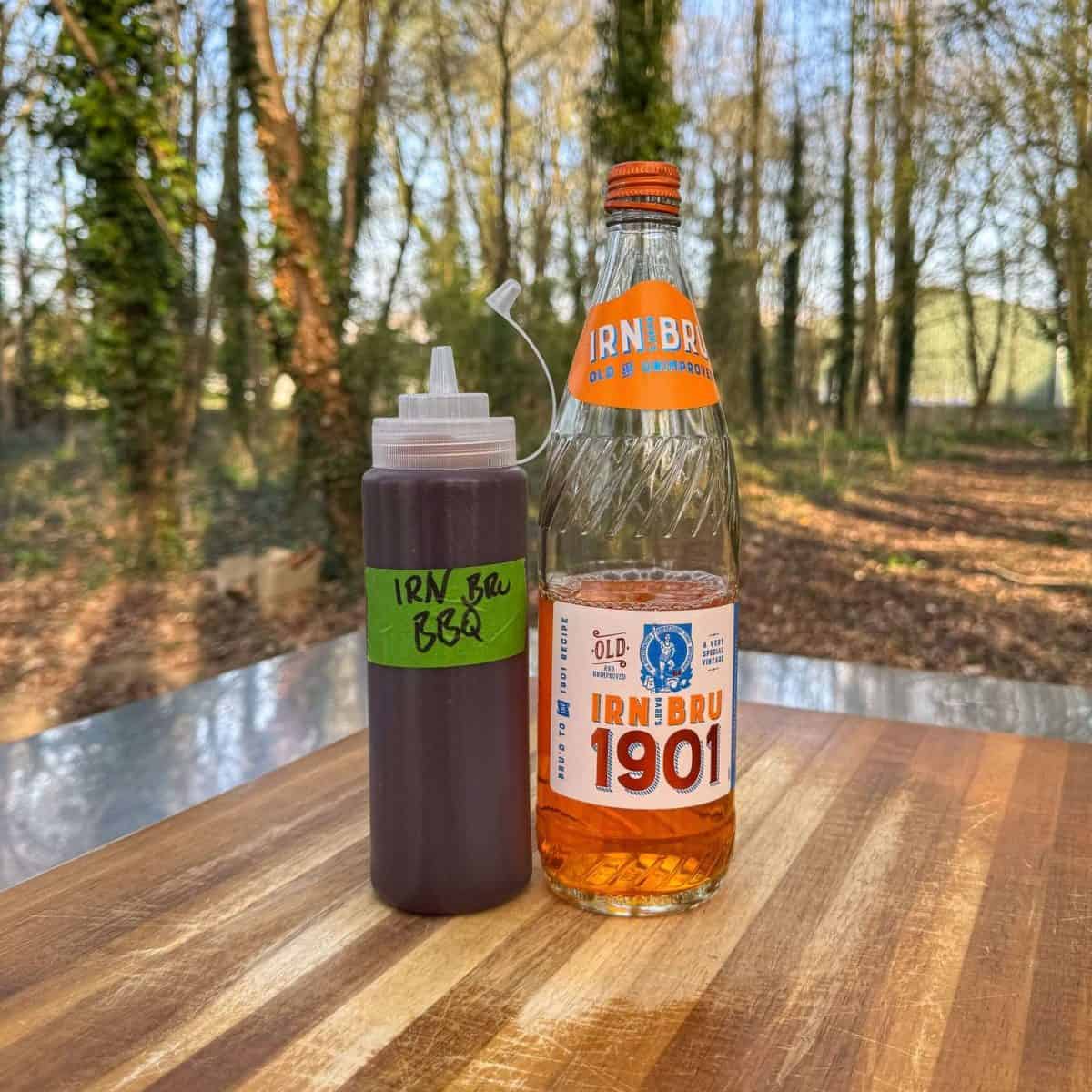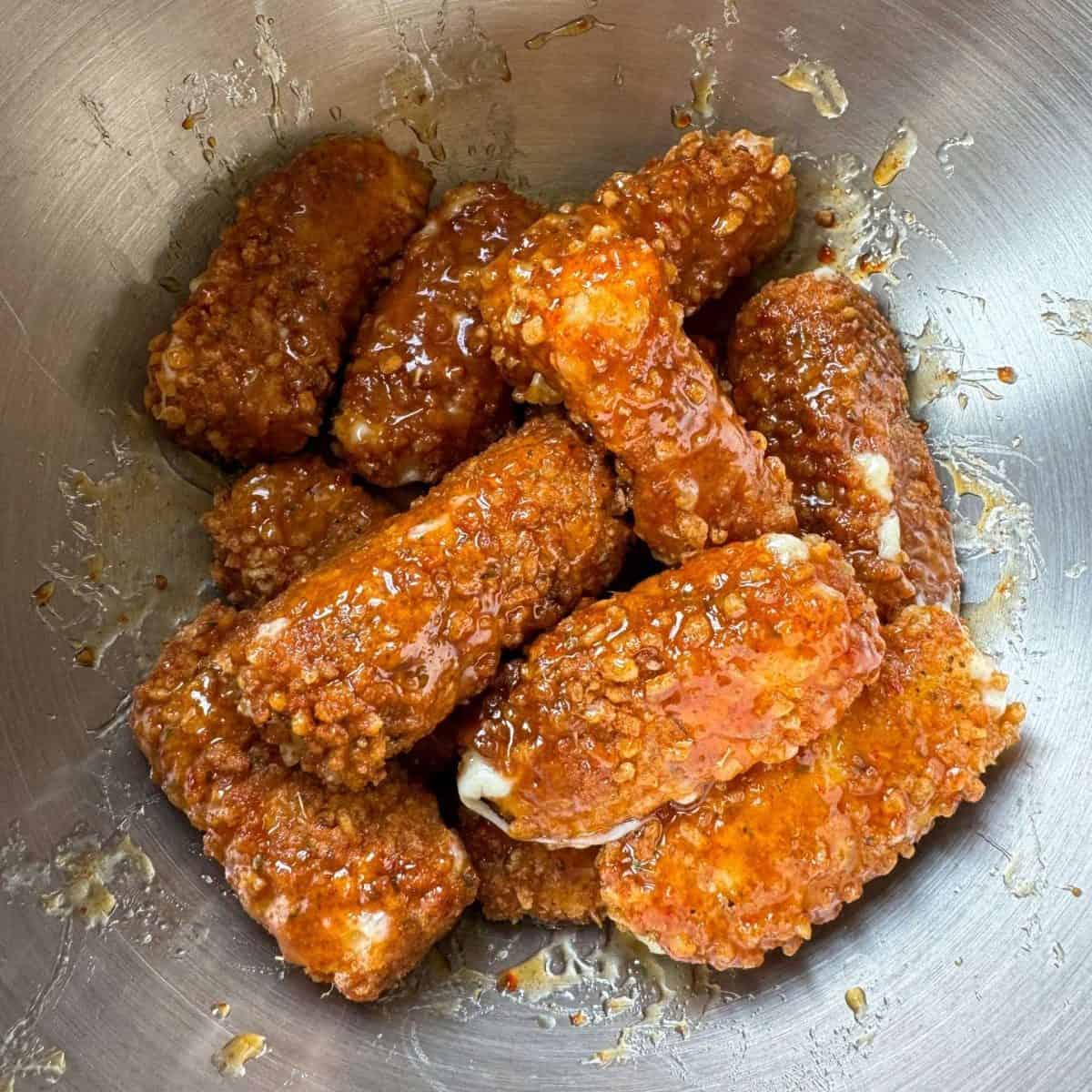Goose Fat Yorkshire Puddings
These goose fat Yorkshire puddings are light, crisp & super tall! These are surprisingly easy to make are a roast dinner must have.
This post contains affiliate links.

These are the ultimate, homemade Yorkshire puddings!
We’re making these Yorkshire puddings from scratch & cooking them in goose fat, for maximum flavour! These are super light, crisp on the outside and will rise to an impressive height in the oven. The perfect accompaniment to any roast dinner (not just beef)!
If you’ve never made Yorkshire puddings before, don’t worry! They’re surprisingly easy to make & I’ve included some handy tips & tricks in this post, that will guarantee success!
Some exciting news! I’ve just released my roast dinner eBook over on my brand new online store! This contains everything you need to make a restaurant style roast dinner, including perfectly roasted meats, plenty of side dishes & sauces to serve with different meats.
What You’ll Need
- 6 Hole Yorkshire Pudding Tin – For the biggest Yorkshire puddings, make sure to use a deep tin. The tin that I use is linked in the post below.
- Goose Fat – Available to buy in most supermarkets & butchers. Goose fat adds flavour to our puddings & can be substituted for duck fat. To keep these puddings vegetarian, replace the goose fat with extra veg oil.
- Vegetable Oil – Goose fat can be expensive so I like to use a small amount of vegetable oil as well when cooking the puddings.
- Eggs – You’ll need 5 large eggs for this recipe, which will make enough batter for 6 large Yorkshire puddings.
- Milk – You can use either whole or semi skimmed milk for the batter. The puddings will be great either way!
- Water – Using 2 parts milk to 1 part cold water in our batter, gives our Yorkshire puddings a lighter texture & more height.
- Plain Flour – Make sure to use plain/all purpose flour for your batter.
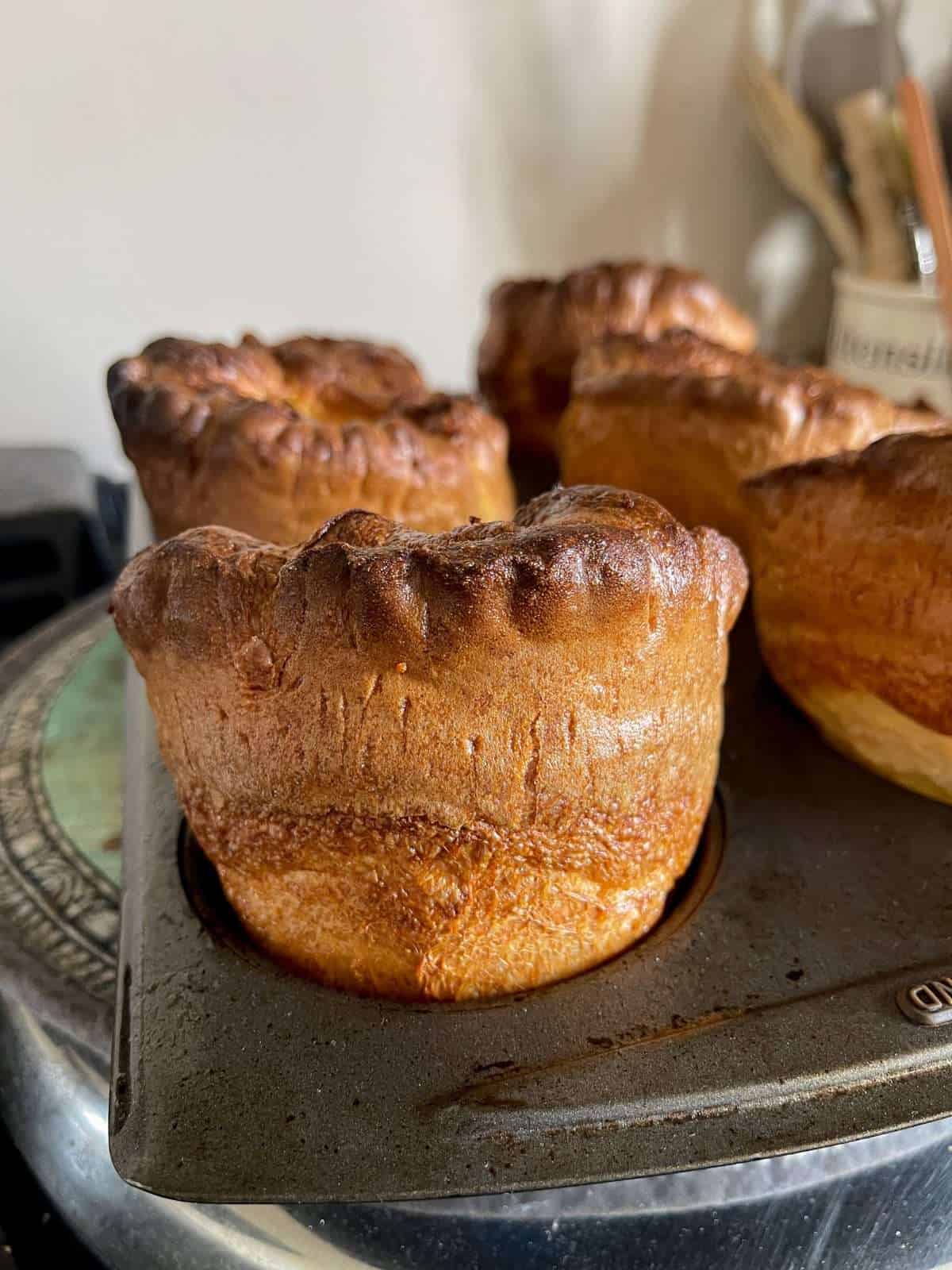
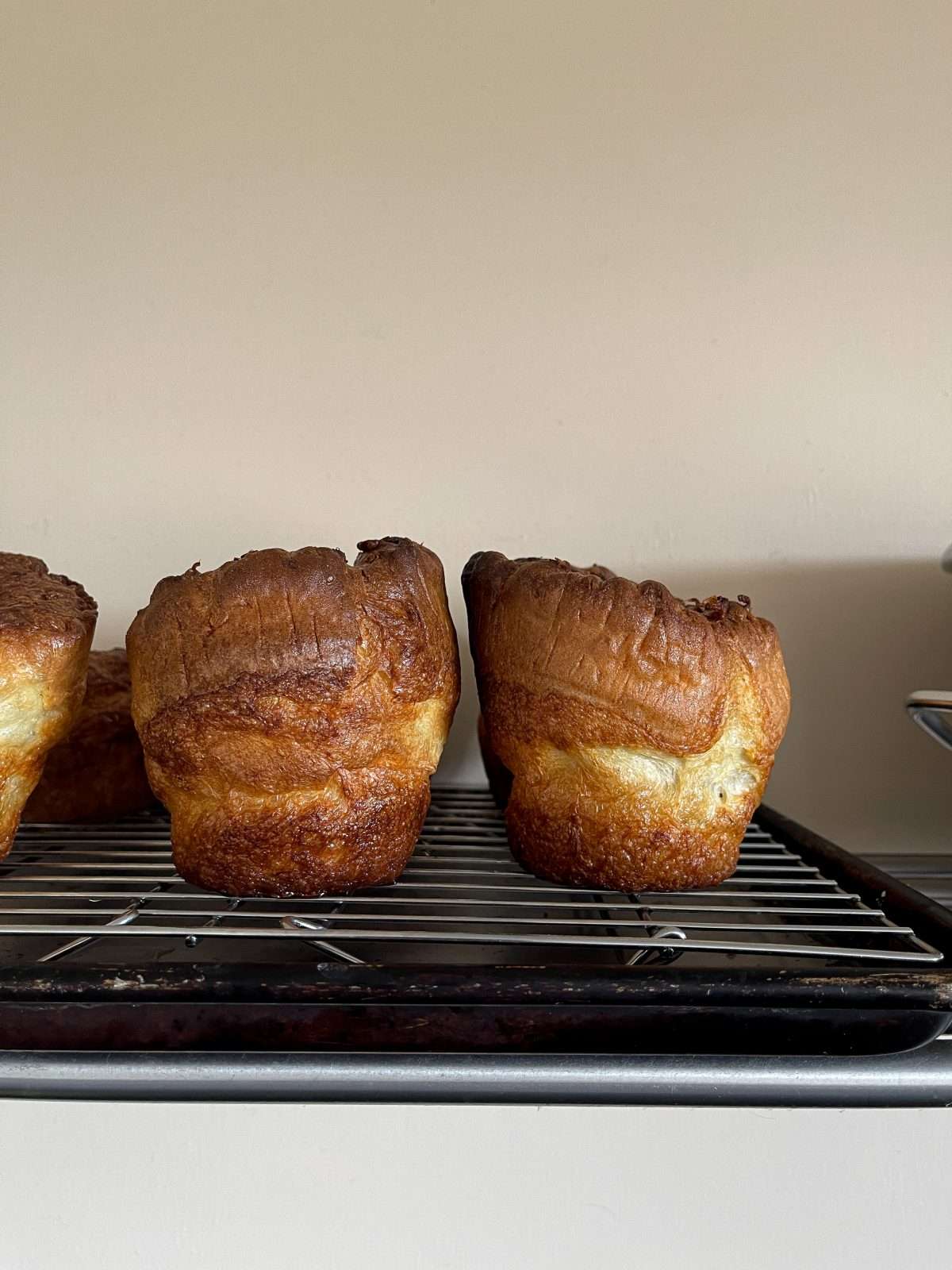
How To Make Goose Fat Yorkshire Puddings
The full, printable recipe card for these Yorkshire puddings can be found at the bottom of this post! Here’s a quick rundown of the recipe…
The Batter
To make Yorkshire pudding batter, we don’t weigh out each ingredient. Instead, we measure each ingredient to an equal volume, starting with & based on the eggs!
Getting your batter right is super easy but is key to making really good Yorkshire puddings. Here’s how to make it…
- Crack your eggs into a measuring jug & use a pen to mark when they come up to on the side.
- Pour the eggs into a mixing bowl then fill the jug up to the line with milk & water (we’re using 2 parts milk & 1 part water). Pour the liquid into the eggs.
- Next, fill the jug up to the line with plain flour then add into the eggs & milk.
- Mix the batter with an electric hand whisk (or by hand) until smooth & combined.
- Pass the batter into a container, through a sieve then cover with clingfilm & leave to rest in the fridge overnight.
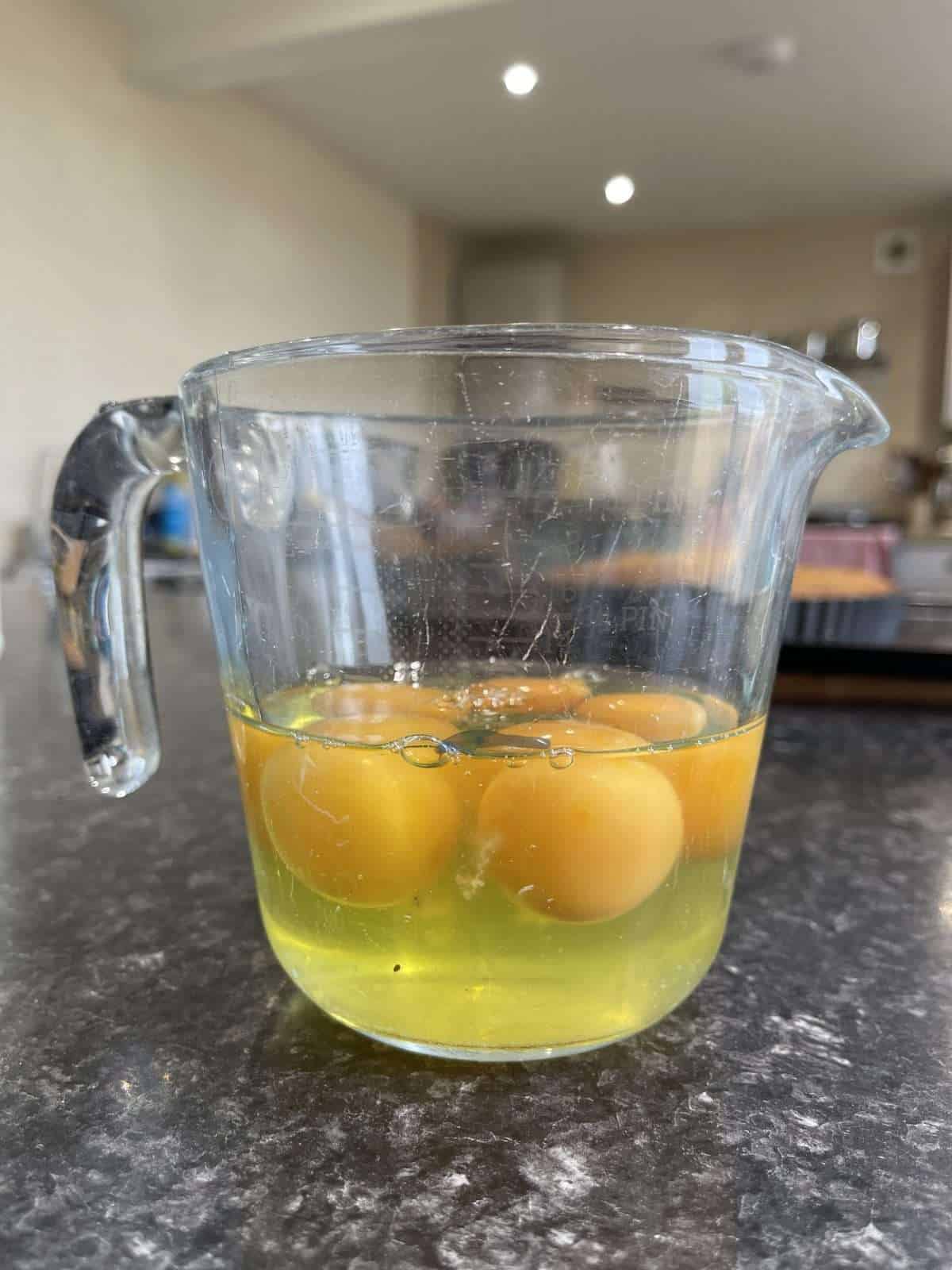
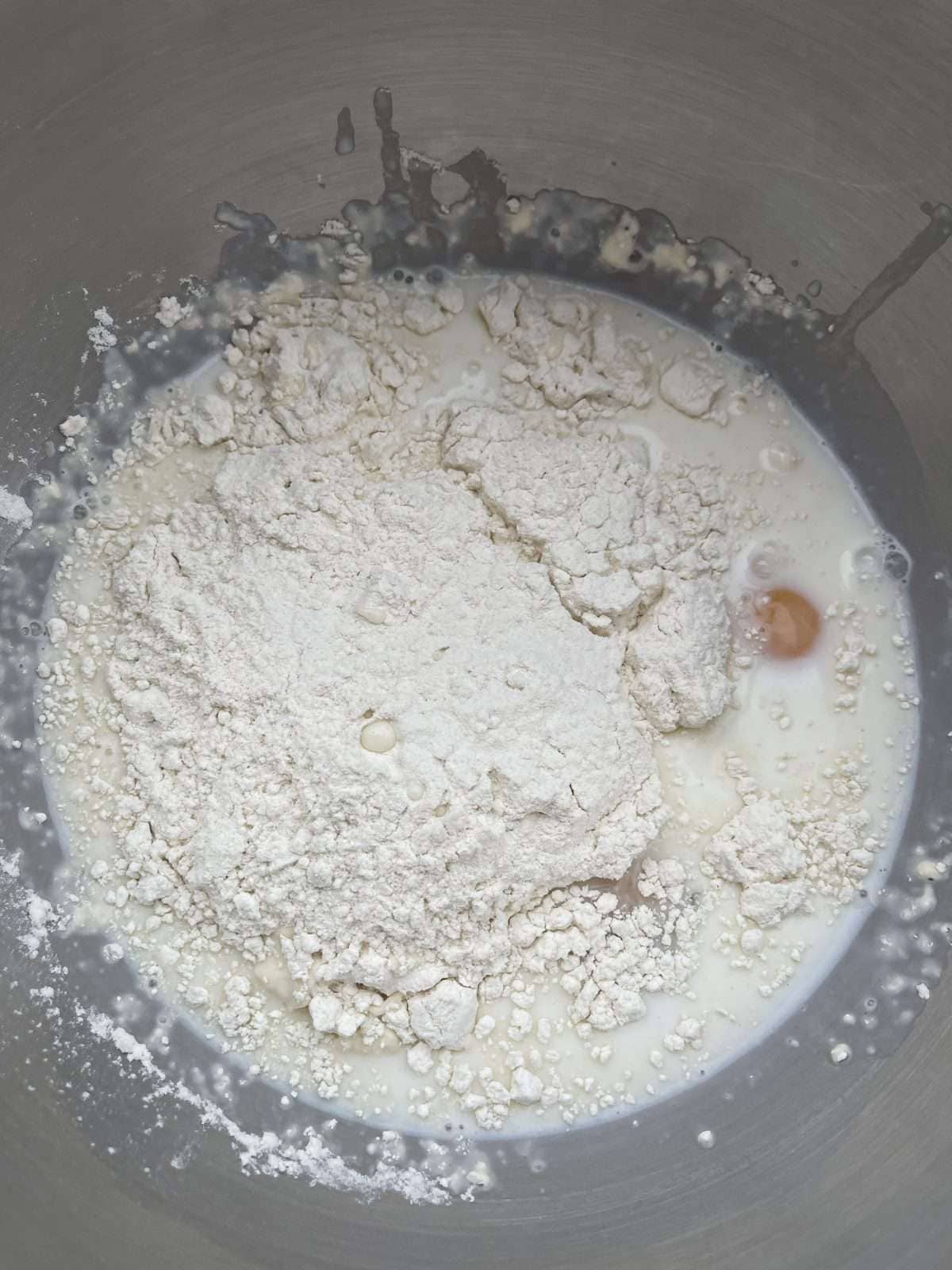
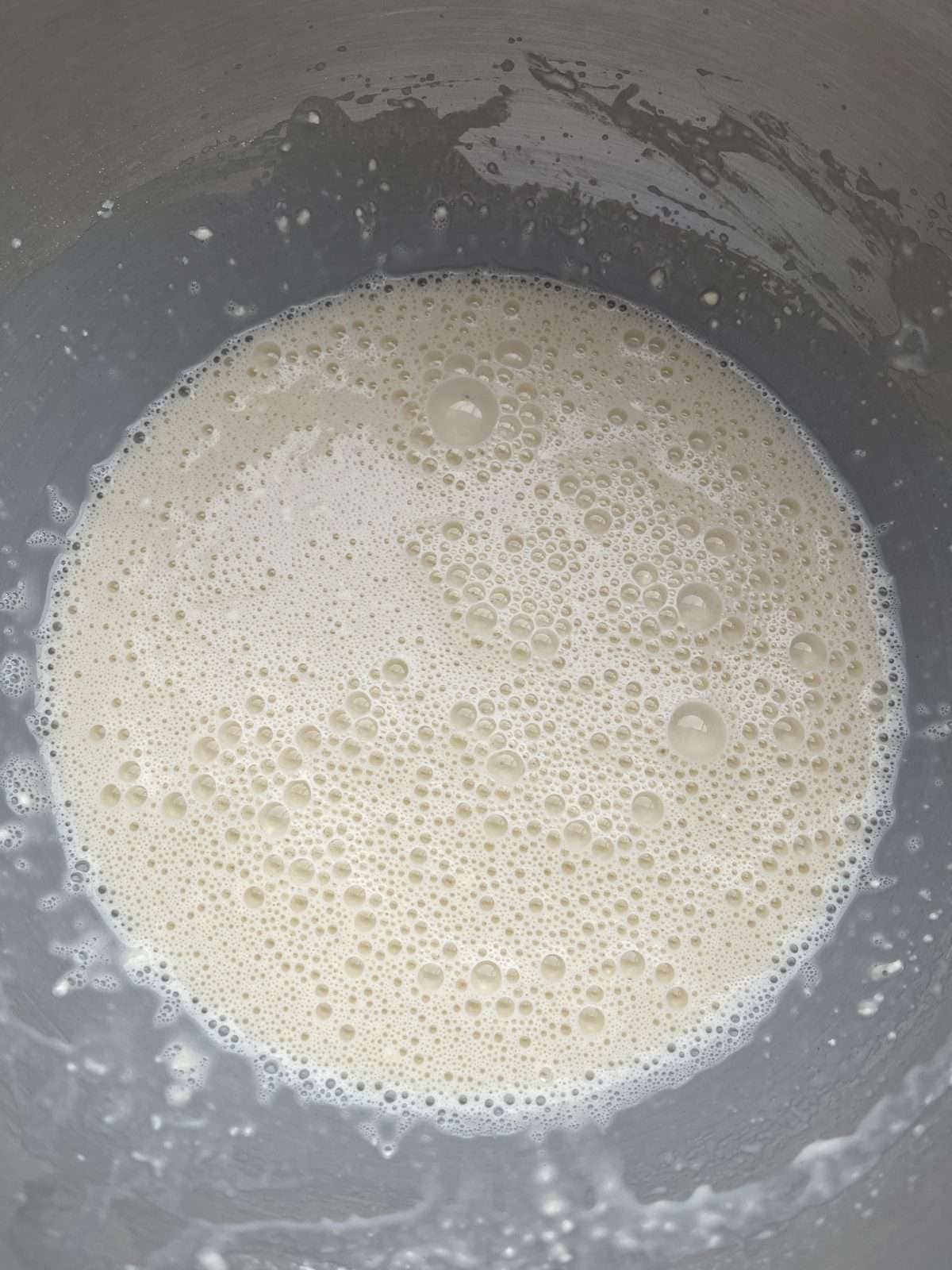
Cooking
For the best results, the batter should be cooked the following day! When making a roast dinner, I like to cook my Yorkshire puddings before the rest of the veg/sides when the oven is hottest. When you pour hot gravy over the Yorkies, they will heat back up or you can give them a minute or two in the oven.
Anyway, here’s how to cook well risen, MASSIVE Yorkshire puddings…
- Preheat an oven to 220°c/428°f.
- Place a teaspoon of goose fat & a teaspoon of veg oil into each hole of the muffin tin & place into the oven to heat up for at least 30 minutes. The fat should be smoking hot!
- Once the oil is hot, carefully remove the tin from the oven & fill each hole 2 thirds of the way up with batter. Be careful not to overfill the tin as this can cause the puddings to sink!
- Cook the puddings for 25-30 minutes, until well risen & a deep golden brown.
- Once cooked, carefully take the puddings out of the tin & transfer to a tray (or serve immediately!).
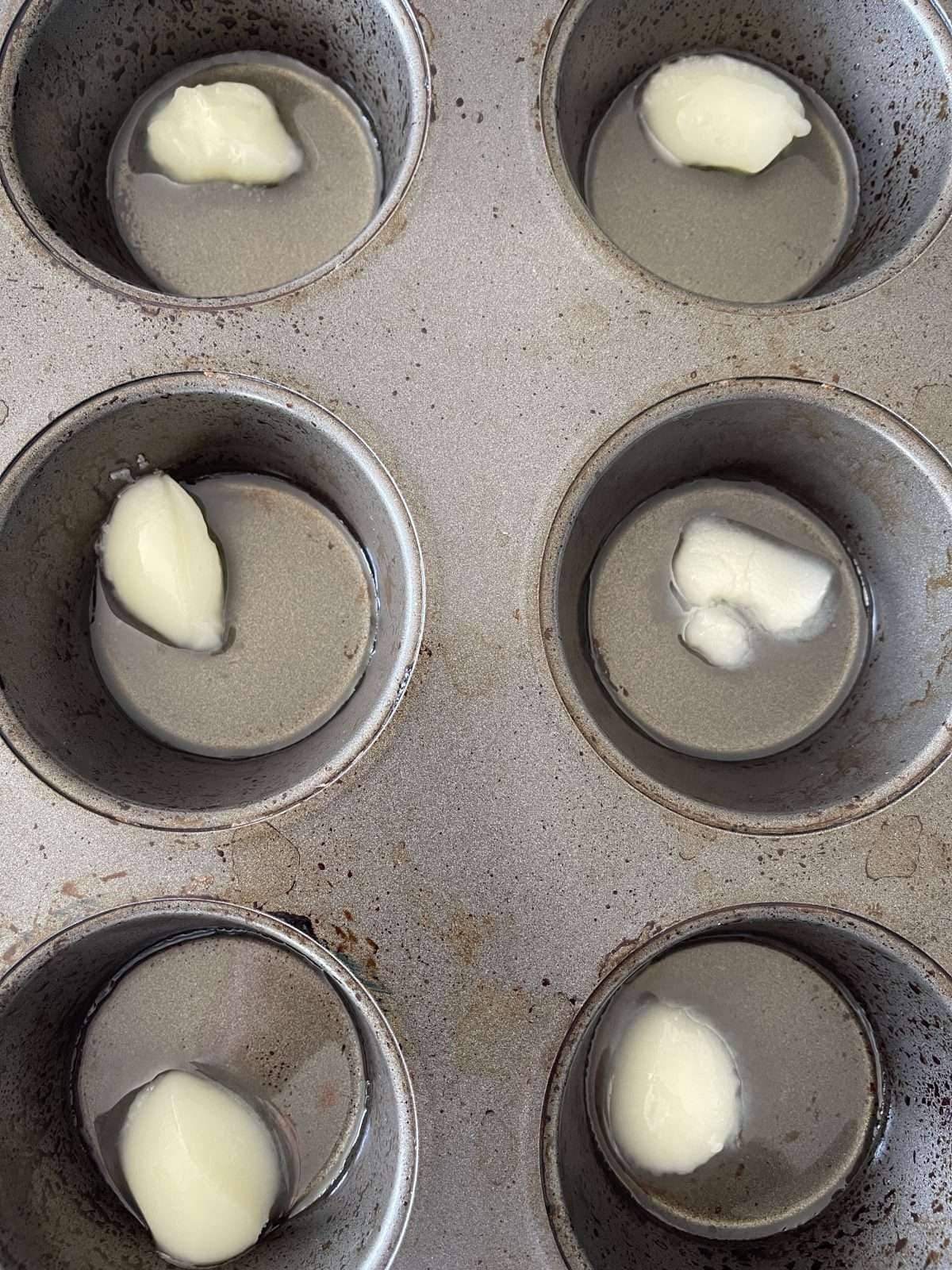
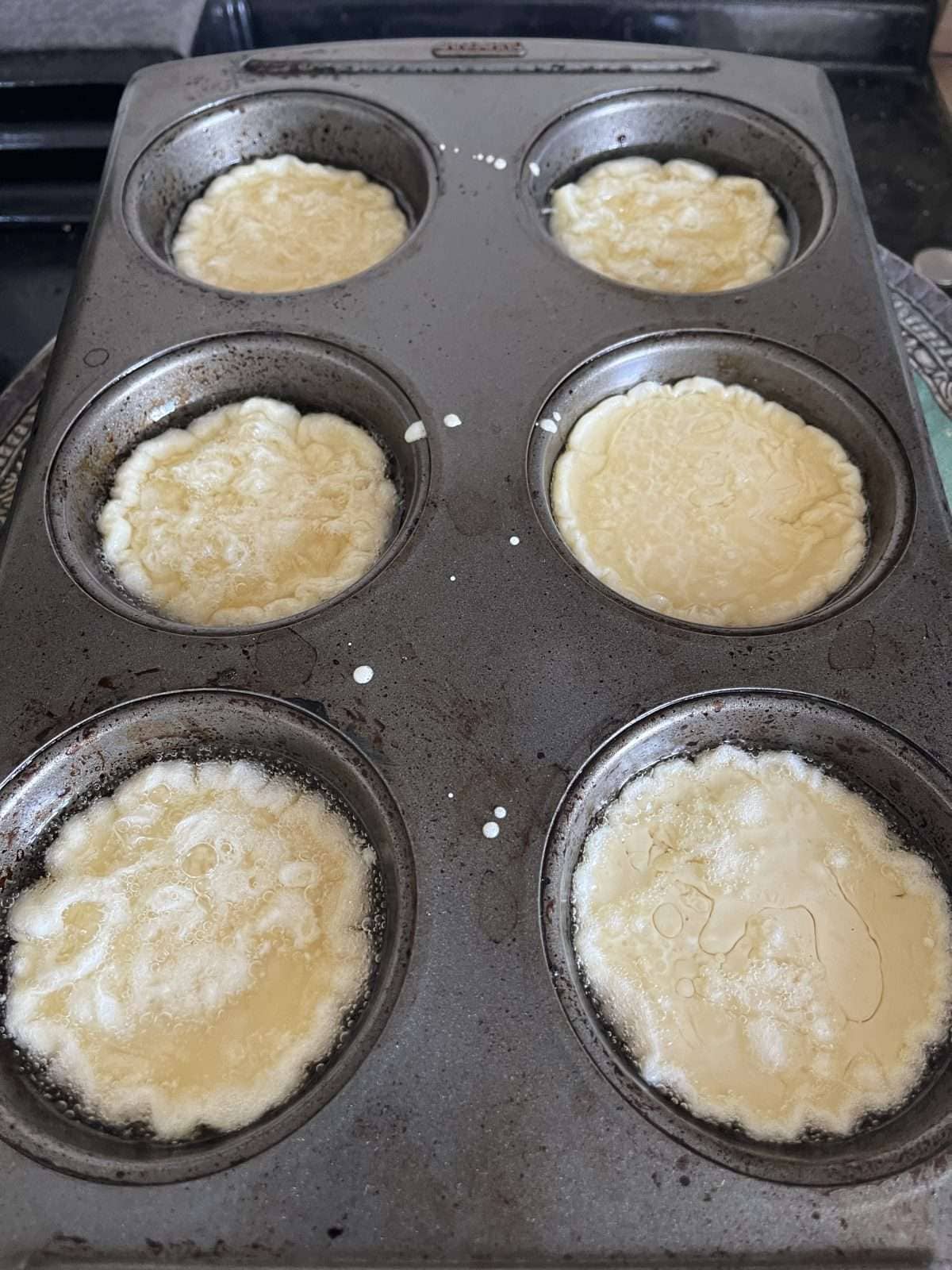
Tips & Tricks For Massive Yorkshire Puddings!
- Use 2 parts milk, 1 part cold water in the batter, for lighter puddings.
- Rest your batter in the fridge overnight, for a well developed flavour & best amount of rise.
- Get both your tin & fat smoking hot before pouring in the batter. This is key to making well risen Yorkshire puddings.
- Don’t overfill the tin with batter, as this can cause the puddings to sink. Filling each hole two thirds full with batter is best.
- Work quickly when pouring the batter into your tin. We don’t want the fat to lose any heat!
- Don’t open your oven door for at least 25 minutes, to prevent the puddings from sinking.
Frequently Asked Questions
To make massive Yorkshire puddings, you’ll need to use a deep Yorkshire pudding tin. The one that I use is linked below.
Leftover Yorkshire puddings should be stored in the fridge, where they will keep for up to 3 days. They can be reheated in the oven or in a microwave – they won’t take long to heat up!
The main reason that Yorkshire puddings sink is if your oven door is opened too soon! To avoid this, make sure to give your puddings at least 25 minutes in the oven before checking them. Make sure to take your Yorkshire puddings out of the tin as soon as they are cooked, to prevent them from going soggy.
I wouldn’t recommend it! Resting your batter is key to making Yorkshire puddings with a well developed flavour, a light texture & the best amount of rise in the oven. Ideally, you should give your batter an overnight rest in the fridge but if you’re short on time, a 1 hour rest at room temperature will work as well.
You should season your batter with salt & pepper after it has rested, just before cooking. If you season the batter at the same time as mixing it, the eggs will start to break down as the batter rests, which means that the puddings won’t rise properly.
Cooking Yorkshire Puddings In An Aga
With all of my recipes, I include cooking instructions for conventional ovens, fan ovens & also Agas. Here’s how to cook this recipe in an Aga…
Cook the Yorkshire puddings on a grid shelf placed on the floor of the roasting oven.
Equipment Used
Please note that these are affiliate links & I may make a small commission if you make a purchase using these links, at no extra cost to you. For more information, click here.
More Roast Dinner Recipes To Try!
- Slow Roasted Sirloin Of Beef
- Red Wine Gravy
- 3 Cheese Cauliflower Cheese
- Black Garlic Roast Potatoes
- Goose Fat Roast Potatoes
- Honey Roasted Carrots & Parsnips
- Braised Red Cabbage
Watch How To Make This Recipe

If you have enjoyed this Yorkshire pudding recipe, it would mean a lot if you could leave a review & rating. And if you’d like to stay up to date with future recipes, follow us on Instagram & TikTok!
Goose Fat Yorkshire Puddings
Equipment
- Deep Yorkshire Pudding Tin With 6 Holes
- Electric Hand Whisk
- Mixing Bowl
- Sieve
- Measuring Jug
Ingredients
- 5 Large Eggs
- Semi Skimmed Milk
- Cold Water
- Plain Flour
To Cook
- 6 tsp Goose Fat
- 6 tsp Vegetable Oil
Instructions
Yorkshire Pudding Batter
- First crack the eggs into a jug & mark what the volume is. Then transfer the eggs into a large mixing bowl.
- Next, fill the jug up with the same volume of liquid – use 2 parts milk & 1 part cold water. Add this to the eggs.
- Next measure out the same volume of flour & add to the eggs, milk & water.
- Using a handheld electric mixer (or a regular whisk), mix the batter until combined & smooth. Pass the batter through a sieve into a container, cover with clingfilm & leave in the fridge overnight.
- The next day, season the batter with a pinch of table salt & freshly cracked black pepper. Whisk to combine & leave at room temperature for at least an hour. If the batter is a bit thick, thin it out with a splash of water (the batter should have the consistency of single cream).
Cooking
- Preheat an oven to 220°c/200°c fan (428°f/392°f).
- Place a teaspoon of goose fat & a teaspoon of veg oil into each hole of the muffin tin & place into the oven to heat up for at least 30 minutes.
- Once the fat is hot, carefully remove the tin from the oven & fill each hole 2 thirds of the way up with batter. Cook the puddings for 25-30 minutes, until well risen & a deep golden brown.
- Once cooked, take your puddings out of the tin & transfer to a tray or serve immediately. This stops them going soggy!

